Toss out those bananas and strawberries (just kidding) because we're exploring exotic fruits and unique types of berries! We'll go over what you need to know about these fruits, and tasty recipes to use them in, too, like gooseberry jam!
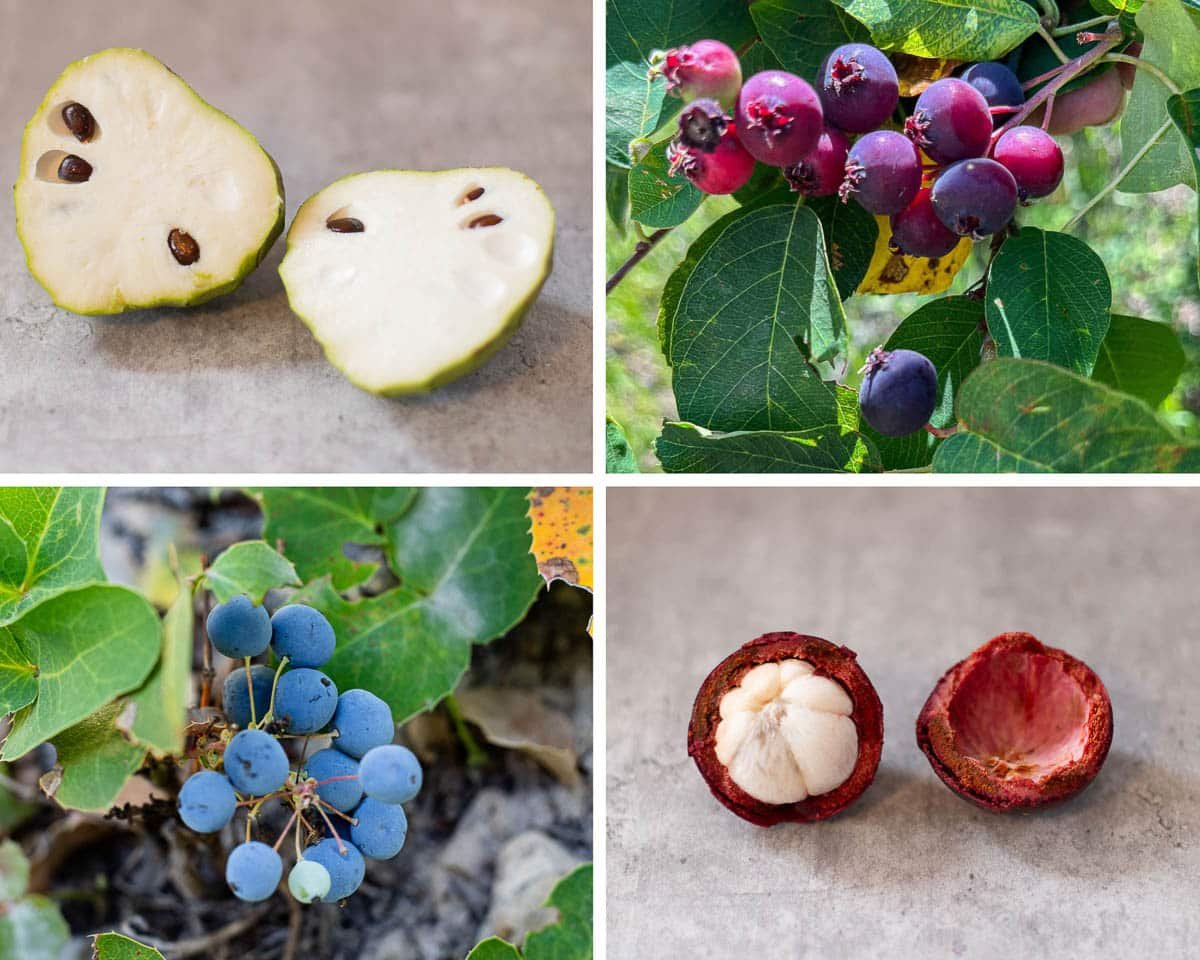
When I say "exotic fruits", I'm not talking about mango or pineapple - that's child's play! I'm talking about jackfruit, cherimoya, mangosteens, and more! If you've never tried or even heard of some of these fruits, you're in the right place.
I'm also going to cover different types of berries that can be used to make all kinds of unique jams, wines, and more!
Jump to:
🥭 Exotic Fruits
Jackfruit
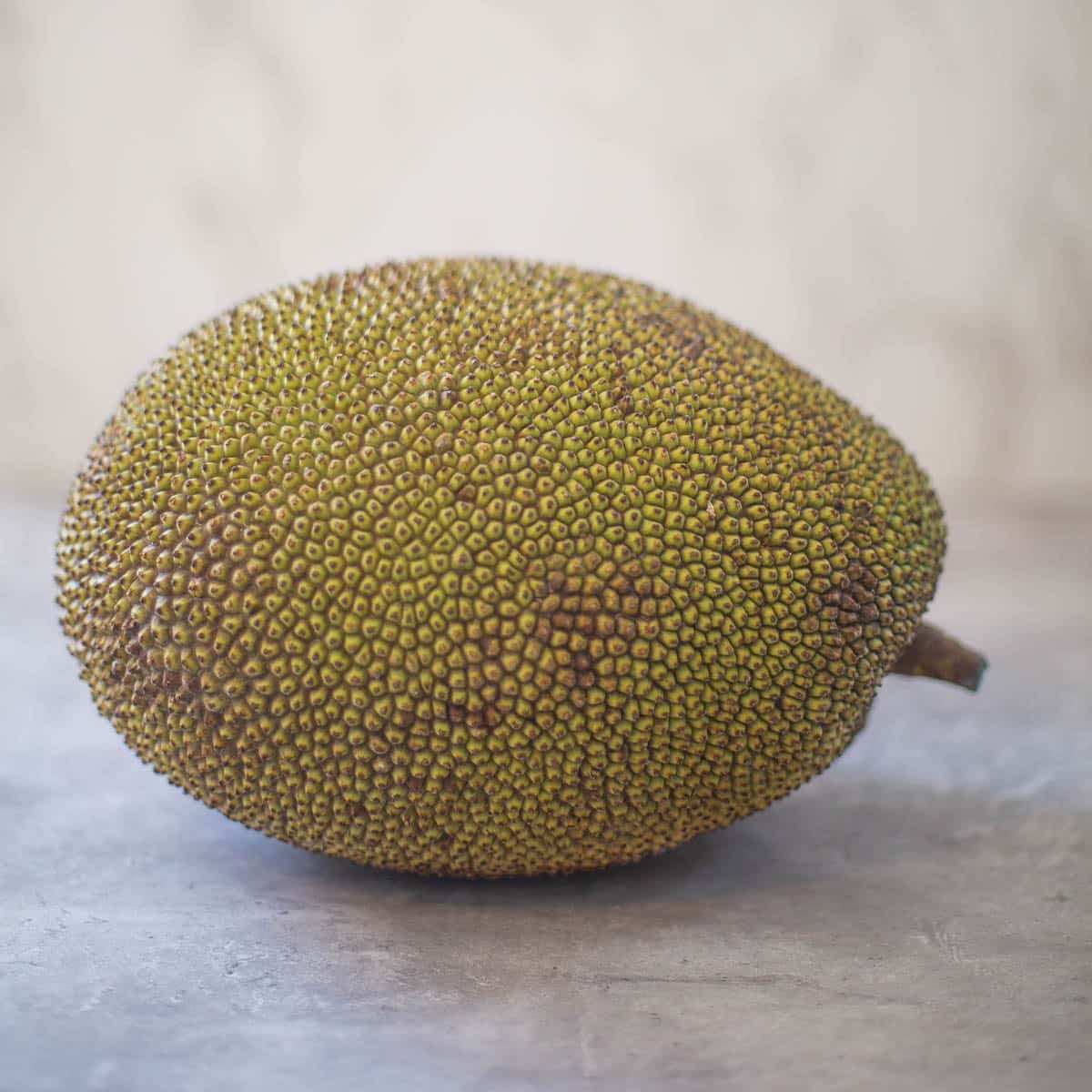
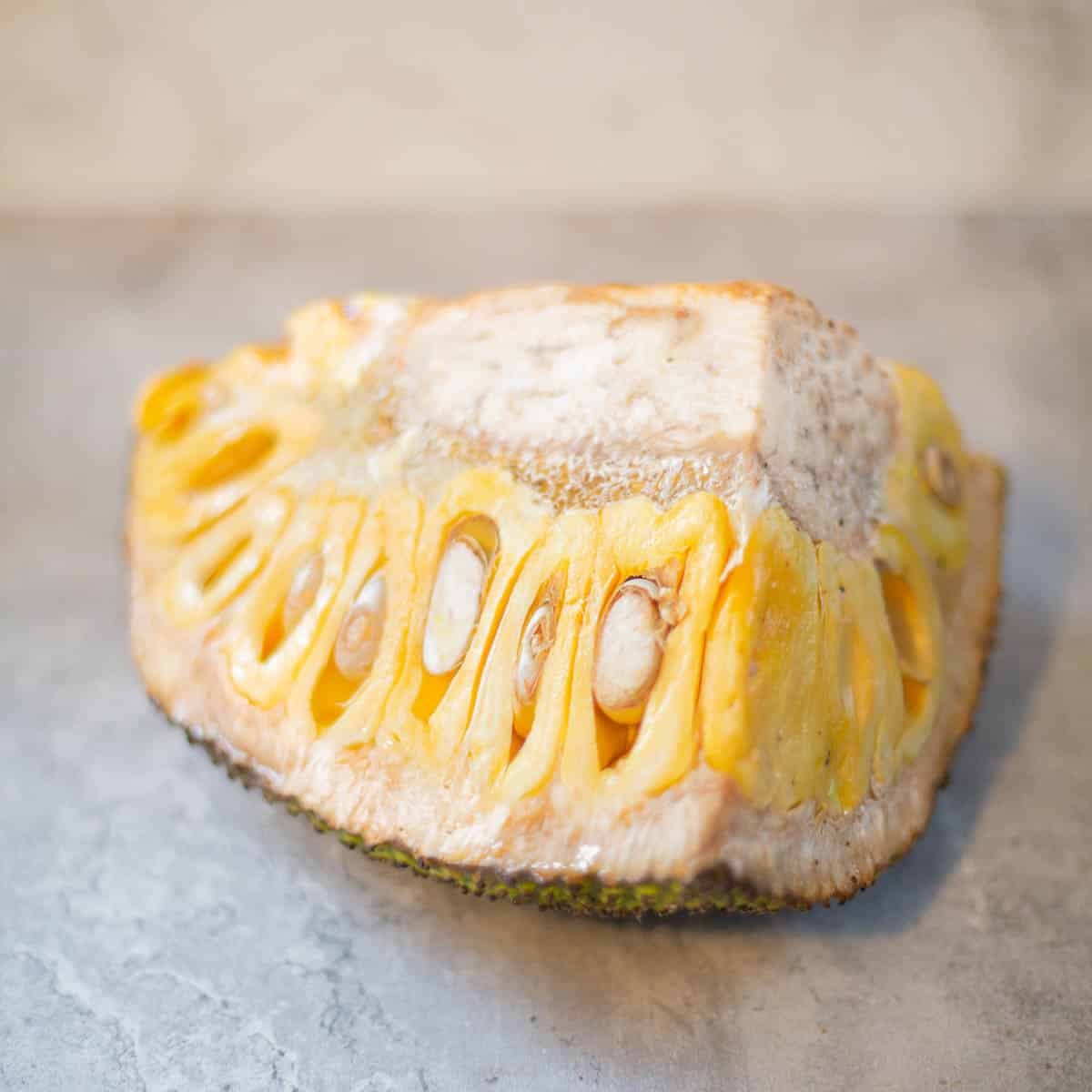
Jackfruit (Artocarpus heterophyllus) is cultivated throughout tropical regions such as India and Australia, as well as the rainforests of Indonesia, the Philippines, and Malaysia. It's actually multifruit with many arils, the fleshy yellow fruit that coats the seeds!
When ripe, the fruit is yellow and fleshy with sweet flavors similar to banana, pineapple, mango, and custard. When the fruit is still green prior to ripening, its flavor is much milder, and its flesh has a meat-like texture. This is why it is often used as a meat substitute in vegetarian and vegan cuisine.
This fruit can easily be confused with durian, which also has a spiky green rind, although the spikes on durian are much more prominent and thorn-like. Durian also tends to be larger and heavier than jackfruit, with a notoriously pungent aroma that easily distinguishes it from the milder, sweeter smell of jackfruit.
Mangosteen
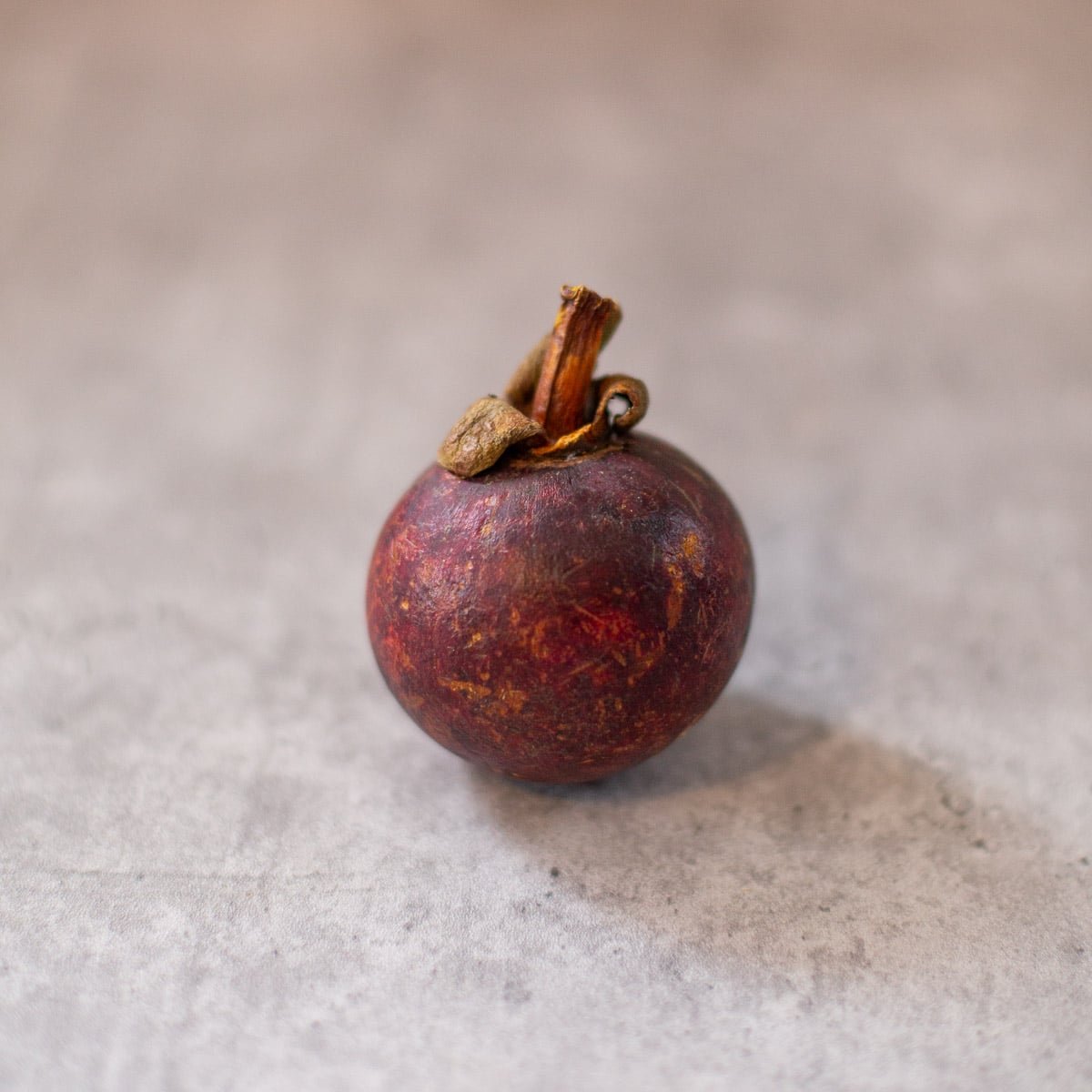

Mangosteens (Garcinia mangostana) are tropical fruit native to Southeast Asia and other countries surrounding the Indian Ocean. When ripe, the rinds of these fruits possess a dark red-purple color and give slightly when squeezed.
The rinds, which are hard and inedible, protect the juicy white fruit inside. This fruit has a texture similar to citrus fruits such as oranges or tangerines. The fruit, when ripe, possesses the perfect balance of sweet and sour flavors and is incredibly delicious.
While it has not been conclusively proven that mangosteens possess any health benefits, they have historically been used in traditional medicine throughout Southeast Asia to treat a variety of conditions.
Ice Cream Beans
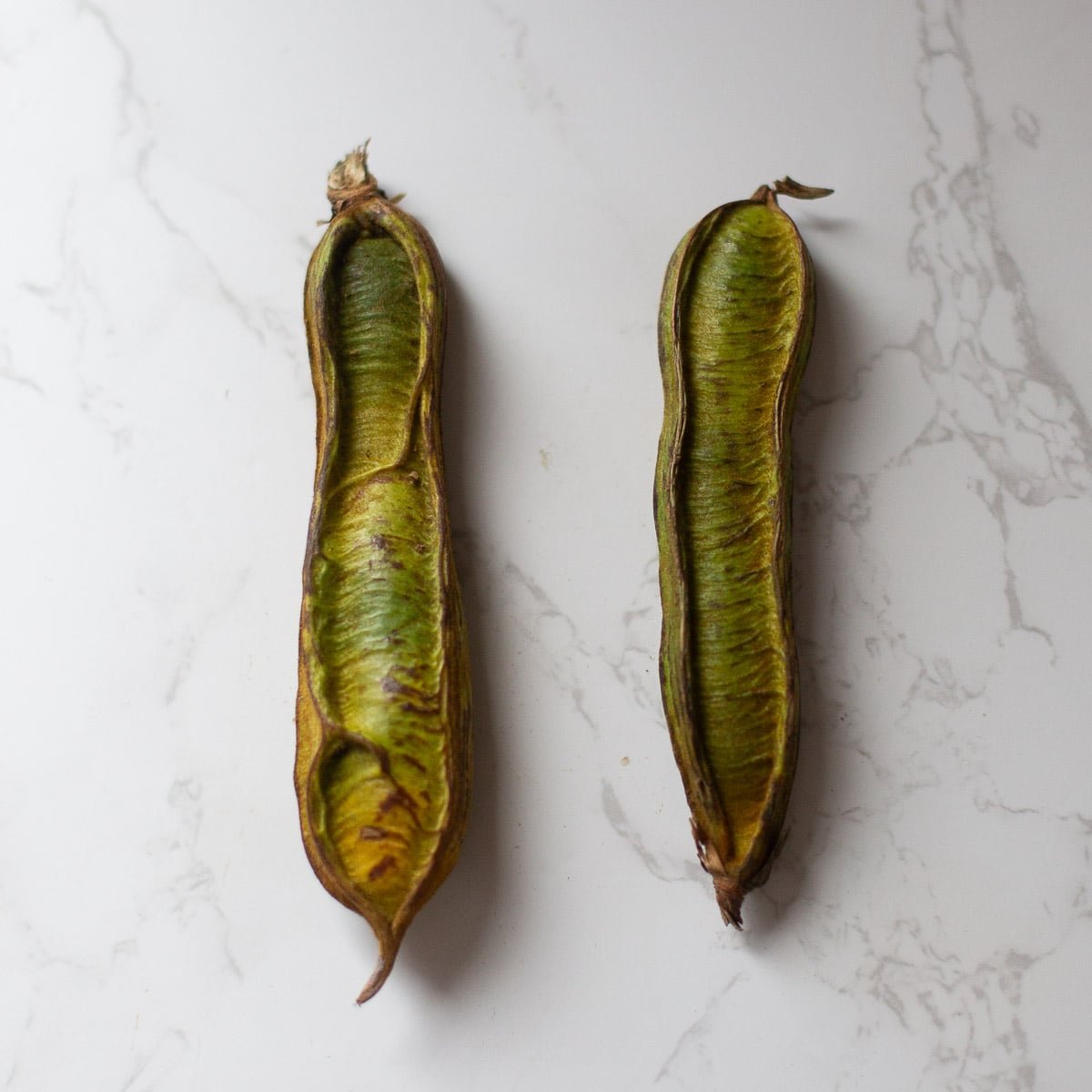

Ice cream beans (Inga edulis, to be scientifically correct), are a very unique fruit native to South America. The beans, or, more accurately, seeds, are covered in a sweet white pulp with a texture similar to cotton candy. The pulp can be eaten raw and is said to taste like vanilla ice cream (sometimes with a hint of cinnamon). Hence the name, "ice cream beans".
While the seeds contain toxic compounds and should not be eaten raw, they can be cooked and safely consumed. The taste of the seeds, when cooked, is similar to chickpeas. The leaves of the tree on which ice cream beans grow have been used medicinally to treat ailments from arthritis to lip sores.
Rambutan
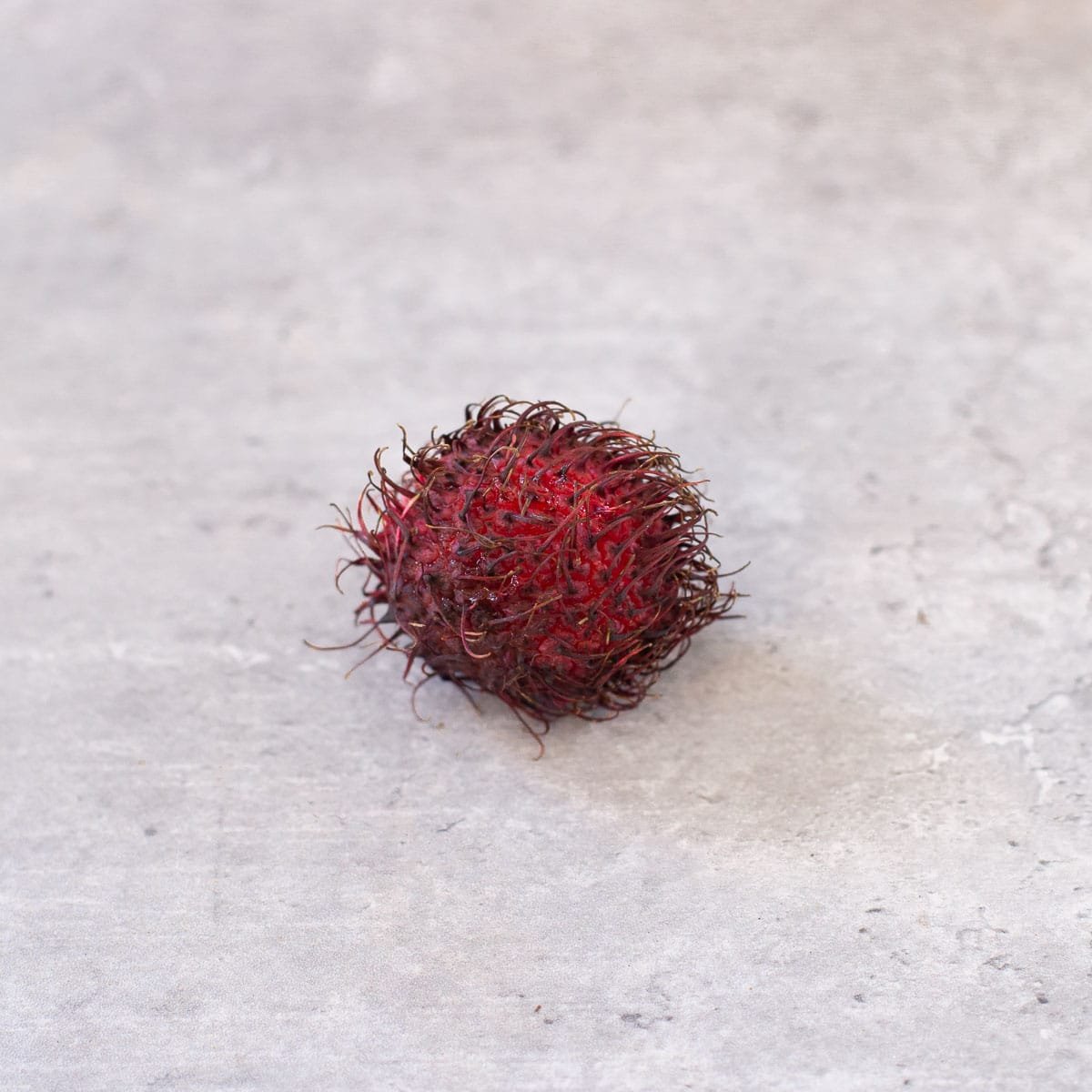
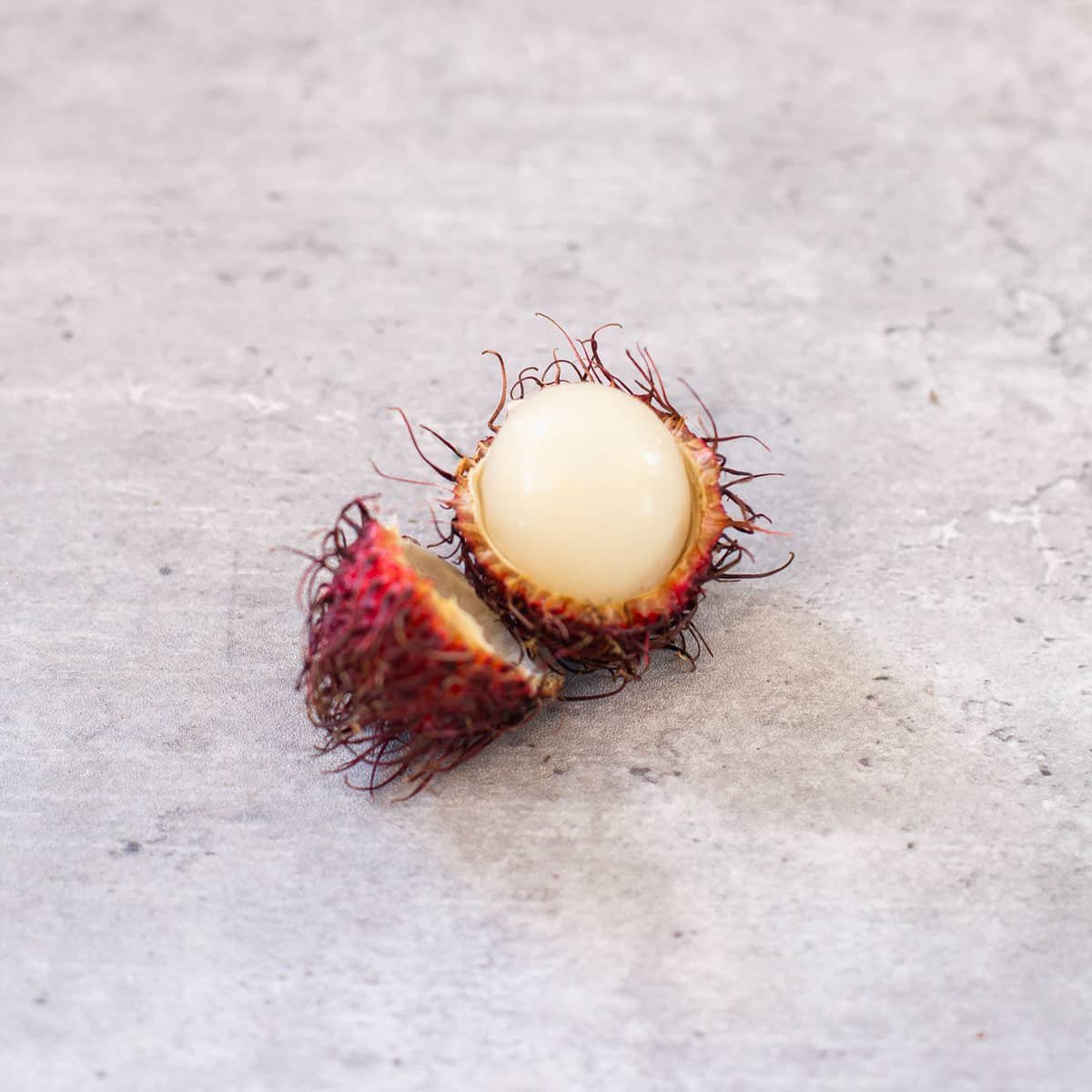
Rambutans (Nephelium lappaceum) are a tropical fruit native to Southeast Asia. These small fruits are protected by a rind that is coated in small hairs and is usually red when ripe.
The fruit itself is whiteish and translucent and coats a single seed in the center. Rambutans are very similar to lychee, although I think it has a better flavor than lychee. Both these fruits have a texture and sweet flavor similar to a grape, but still distinctly different.
Longan
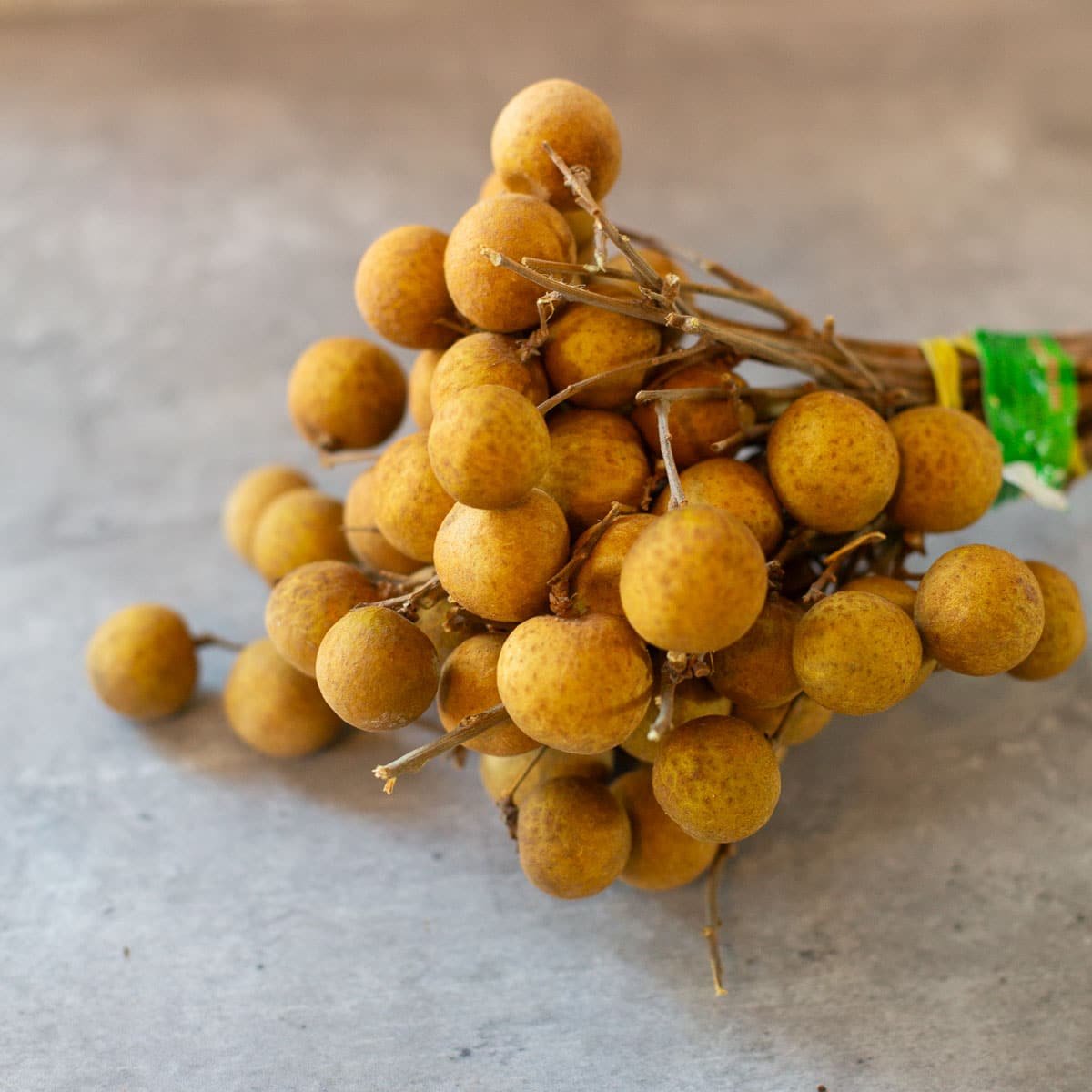
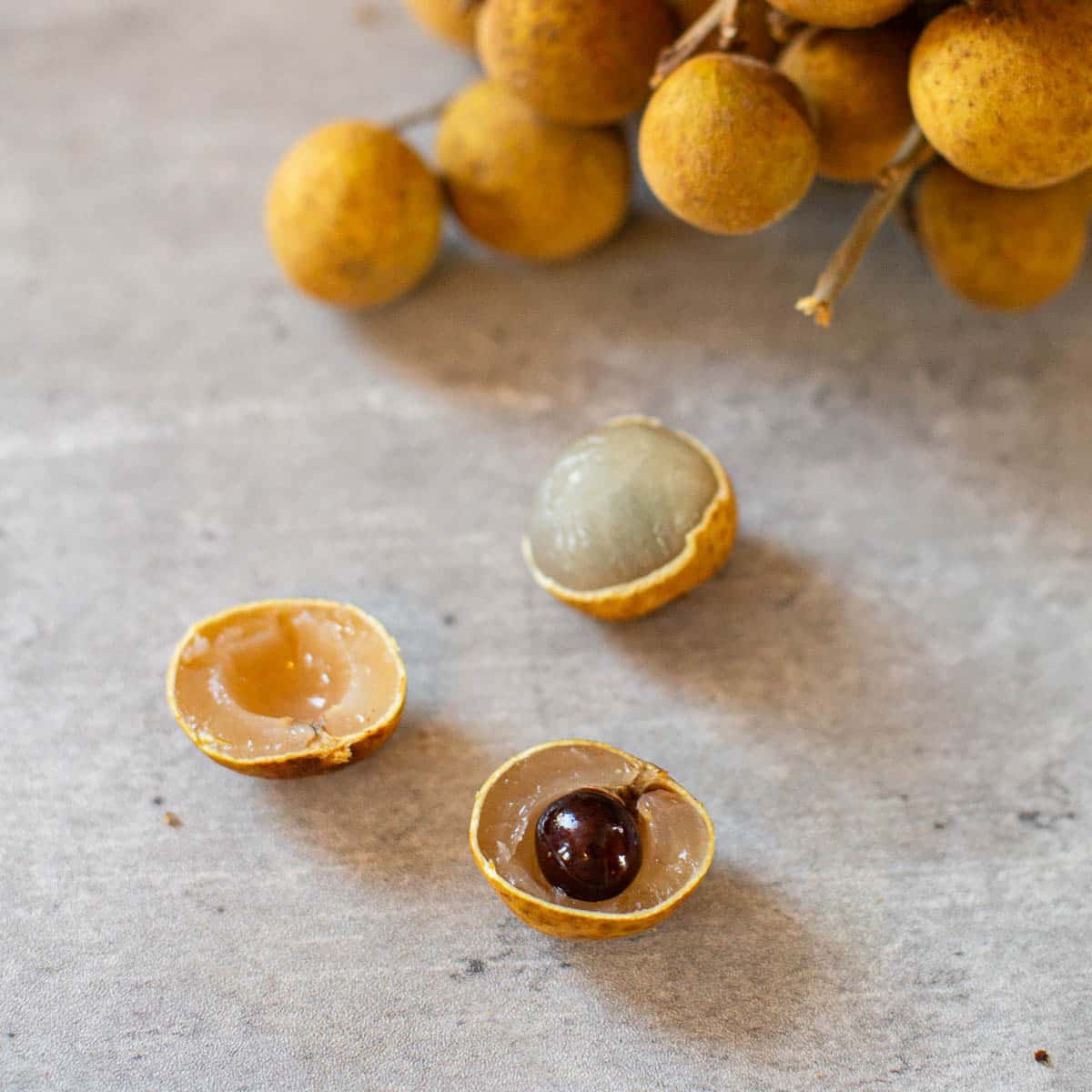
Longans (Dimocarpus longan), while concealed in a much less whimsical shell, are very similar to rambutans and lychees. They are native to China and other tropical regions in Asia. Sometimes they're referred to as "dragon's eye", as they resemble an eye when split open to reveal the whiteish flesh surrounding a black seed.
Like rambutans, the fruit is also translucent and sweet sort of like a grape, although I always think the flavor is similar to a honeydew melon. The thin bark-like shell is easy to peel off. You can harvest the fruit by cracking the shell much like you would crack and peel a sunflower seed.
Sapodilla
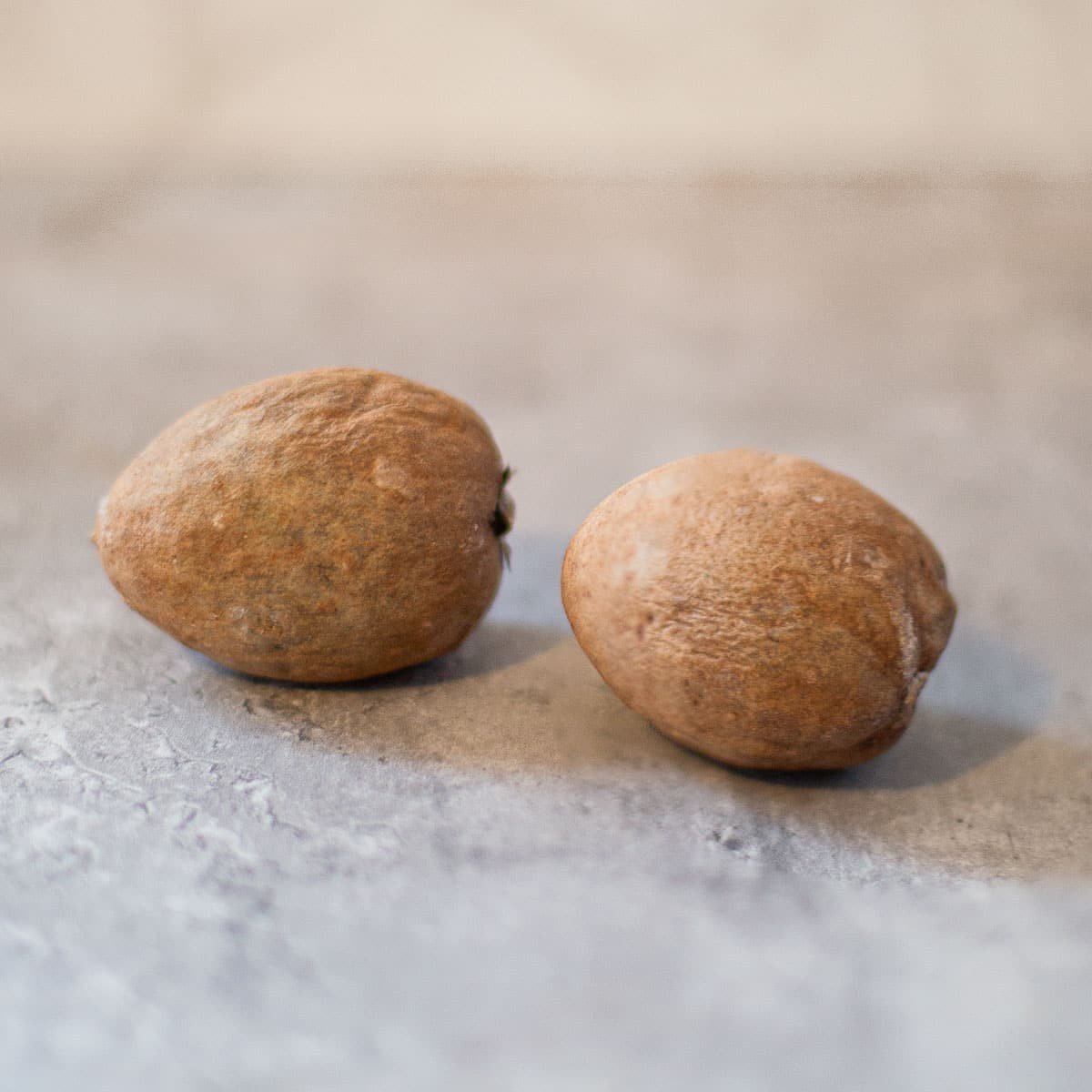
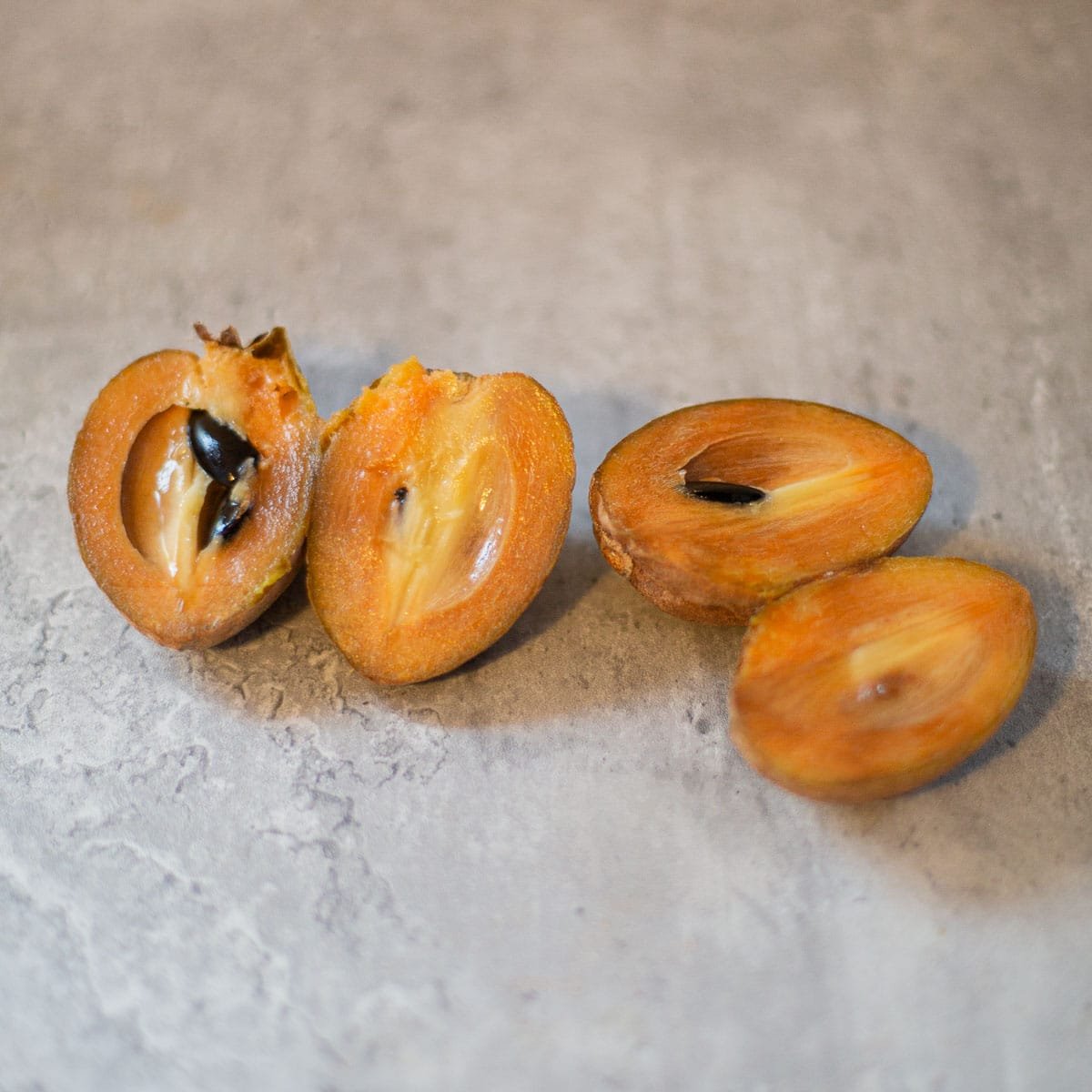
The Sapodilla (Manilkara zapota) is a tropical fruit originally from South America, although it is now cultivated around the world.
Sapodilla (pronounced "sap-o-dee-a", similar to "quesadilla"), is sometimes known by other names such as chicozapote, chicle, naseberry, or sapote. These fruits are sweet, soft, and taste subtly of brown sugar and caramel with a texture similar to that of a pear.
Their skin is brown and rough, similar to a kiwi, but with less fuzz. To tell if a sapodilla is ripe, lightly scratch off a bit of the brown fuzz. If the skin underneath is green, the sapodilla still isn't ripe. A ripe sapodilla should have brown skin beneath the thin layer of fuzz and should be soft to the touch.
Yellow Dragon Fruit

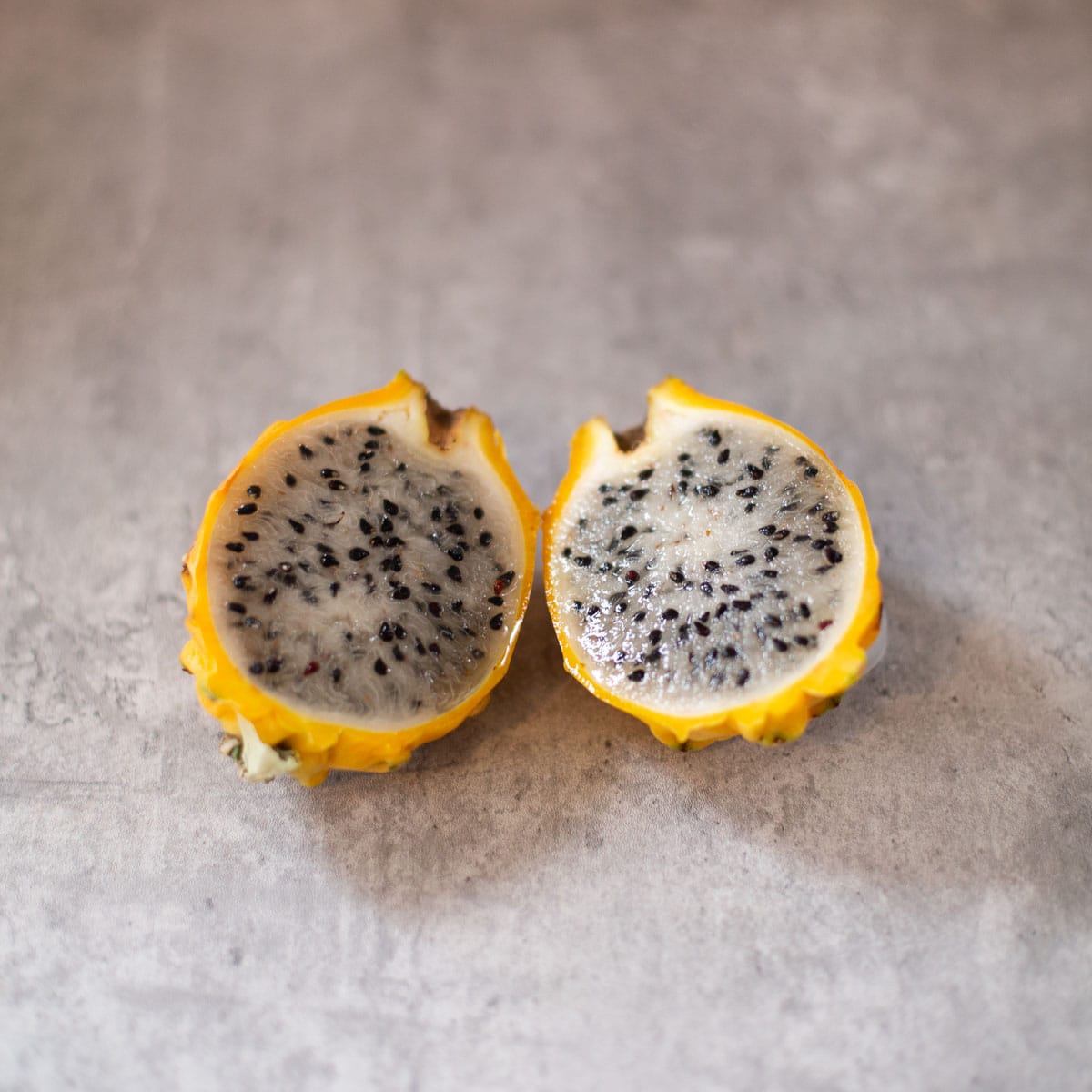
Yellow dragon fruit (Hylocereus megalanthus), or yellow pitaya, or "pitahaya", as it is sometimes called, is a cactus fruit that originated in Mexico and South/Central America. When looking for ripe dragon fruit, look for fruits that are plump with firm skin, but be careful of the tiny thorns that often grow near the stem!
Like pink-skinned dragon fruit, yellow dragon fruit has white flesh (although it is sometimes yellow) and many small black seeds. Yellow dragon fruit tends to be sweeter and more flavorful than the pink varieties, with flavors similar to kiwi and pear.
The best way to eat this delicious tropical fruit is by cutting it open and scooping out the flesh with a spoon. You can also cut the fruit into slices or cubes and eat it as-is or add it to a variety of dishes and drinks.
Cherimoya
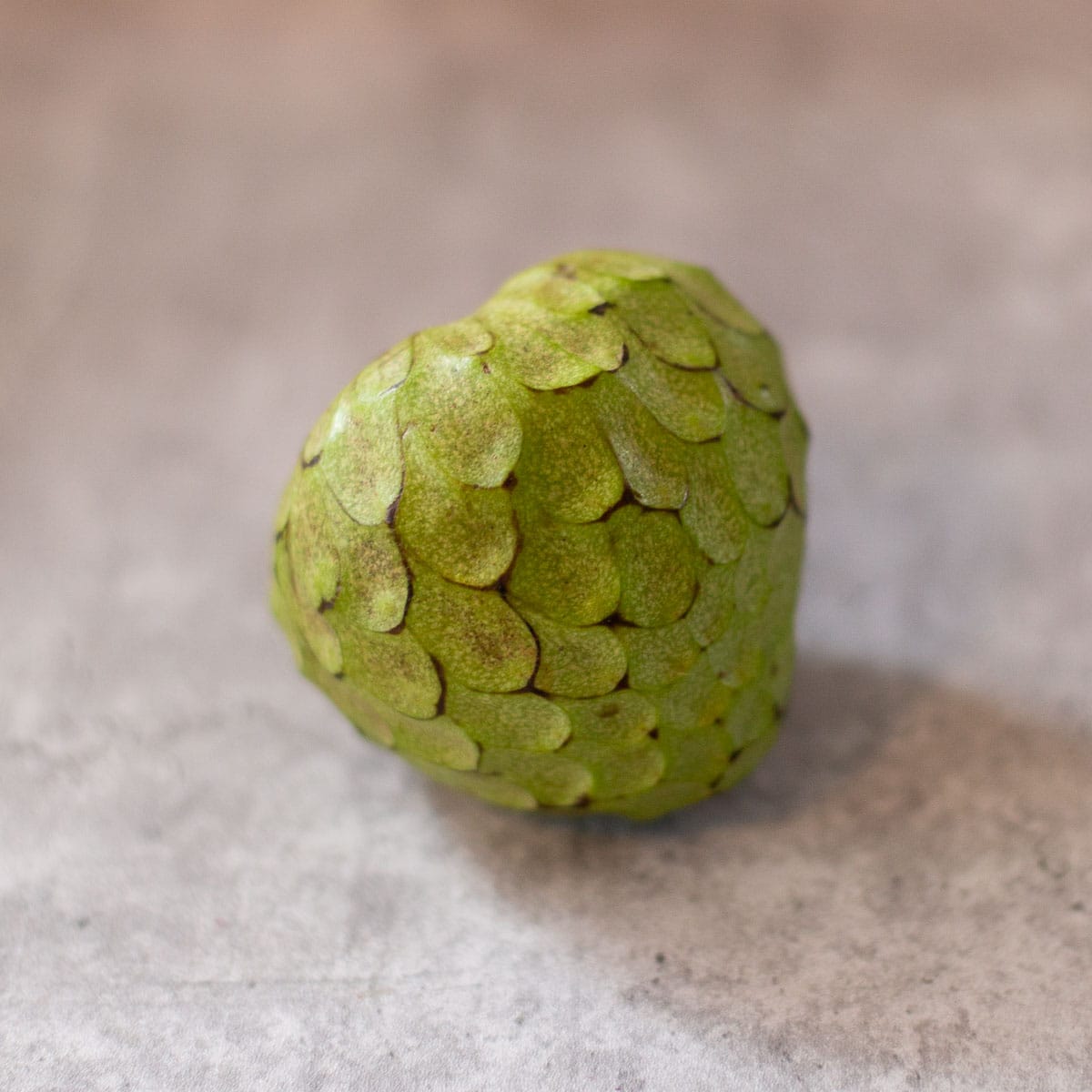
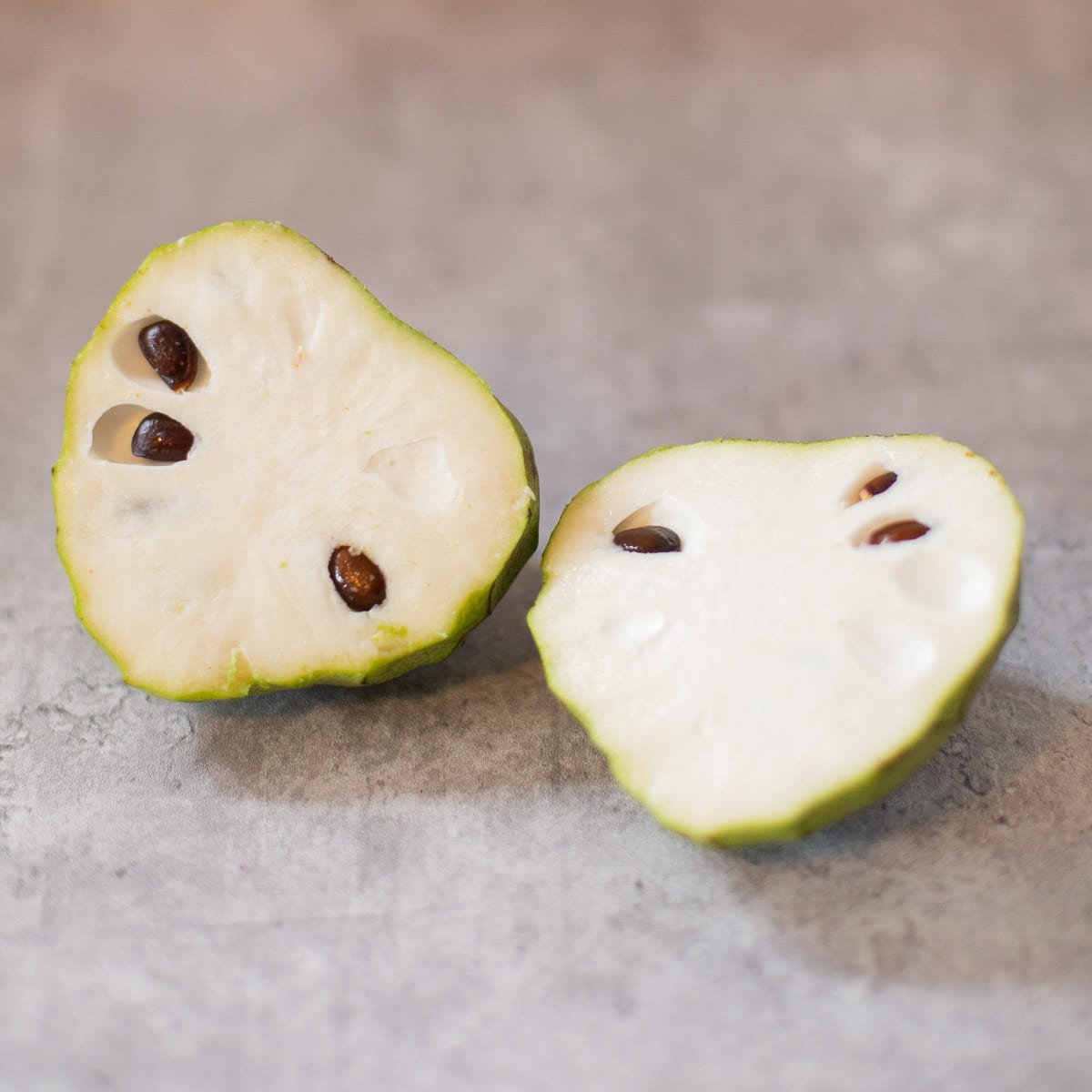
The cherimoya (Annona cherimola), or "custard apple", is a tropical South American fruit native to the Andes region, including Peru, Colombia, and Ecuador. It is believed that the Incas were early cultivators of this delicious, exotic fruit!
Cherimoyas are usually heart-shaped, with a textured peel resembling the scales of a reptile. When ripe, this green skin usually has some brown markings and will usually have some give under pressure. The white flesh has a sweet, creamy flavor and a custard-like texture.
Exotic Fruit Recipes
Looking for recipes that use exotic fruits? Here are some of my favorites:
If you're looking for vegan fruit salads that use dragon fruit, check out this tropical fruit salad.
A lot of these exotic fruits work great in smoothies! Try this tropical jackfruit smoothie that can be easily turned into a jackfruit piña colada by adding a shot of rum!
One of my favorite Vietnamese desserts, Chè Thái, works really well with rambutans and is so easy to make!
Would you like to save this recipe?
More Exotic Fruits
If you want to explore more exotic fruits, I've got some honorable mentions!
If you haven't already, I recommend trying guava, passion fruit, and prickly pear syrup, which are all unique fruits worth tasting.
Pomelo, which is closely related to grapefruit, is another exotic fruit that is relatively easy to find. I also recommend looking out for kiwano, which is also sometimes known as horned melon or African cucumber. Finally, if you can get your hands on a feijoa, or pineapple guava, I strongly recommend giving them a taste!
My top two honorable mentions, however, have to be star fruit and white sapotes! You can usually find star fruit at your local Asian market during fall and winter. If you want to find white sapotes, check your local farmers' market for these exotic fruits between late fall and early summer.
🫐 Unique Berries You Need to Try!
Gooseberries
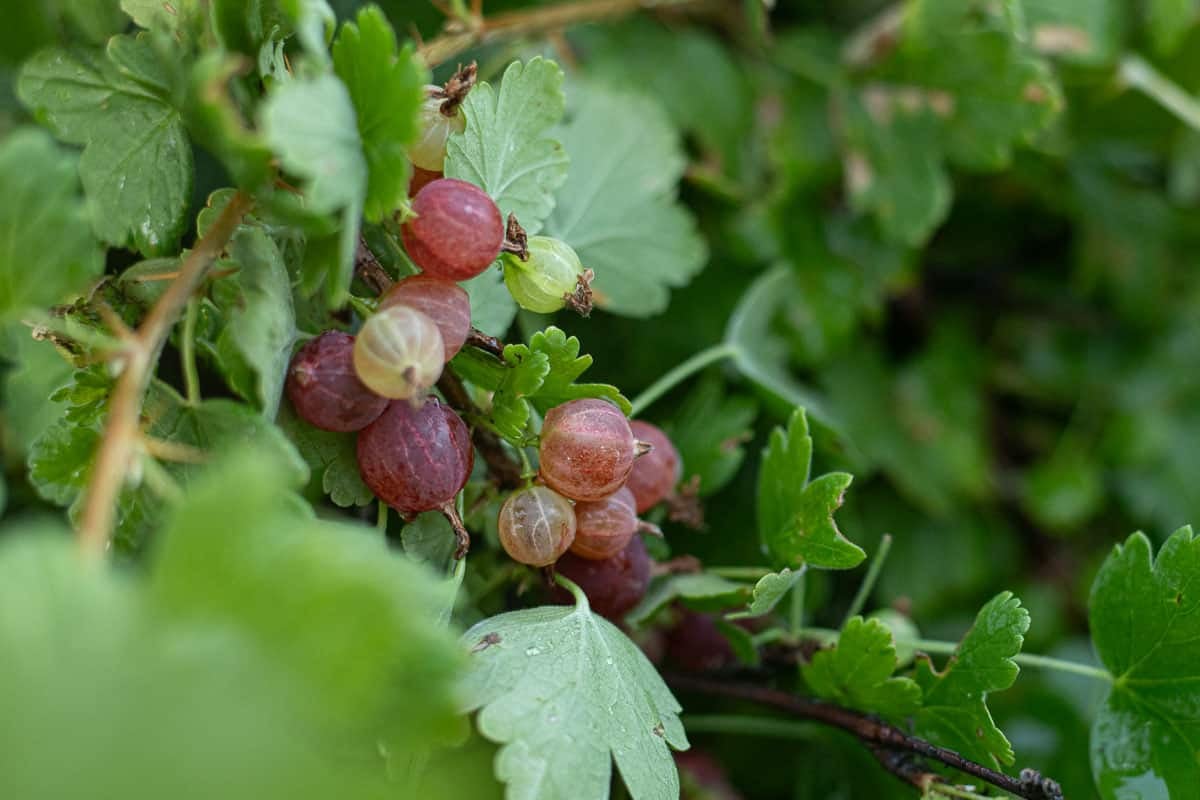
Gooseberries are native to North America, Europe, and parts of Asia. These small berries can be green, purple, red, or yellow, depending on the variety.
Green Gooseberries are often quite sour, while the other varieties are a bit sweeter but still tart. These berries work well in both sweet dishes like pies, tarts, gooseberry jam, as well as savory dishes like chutneys and sauces.
Oregon Grape
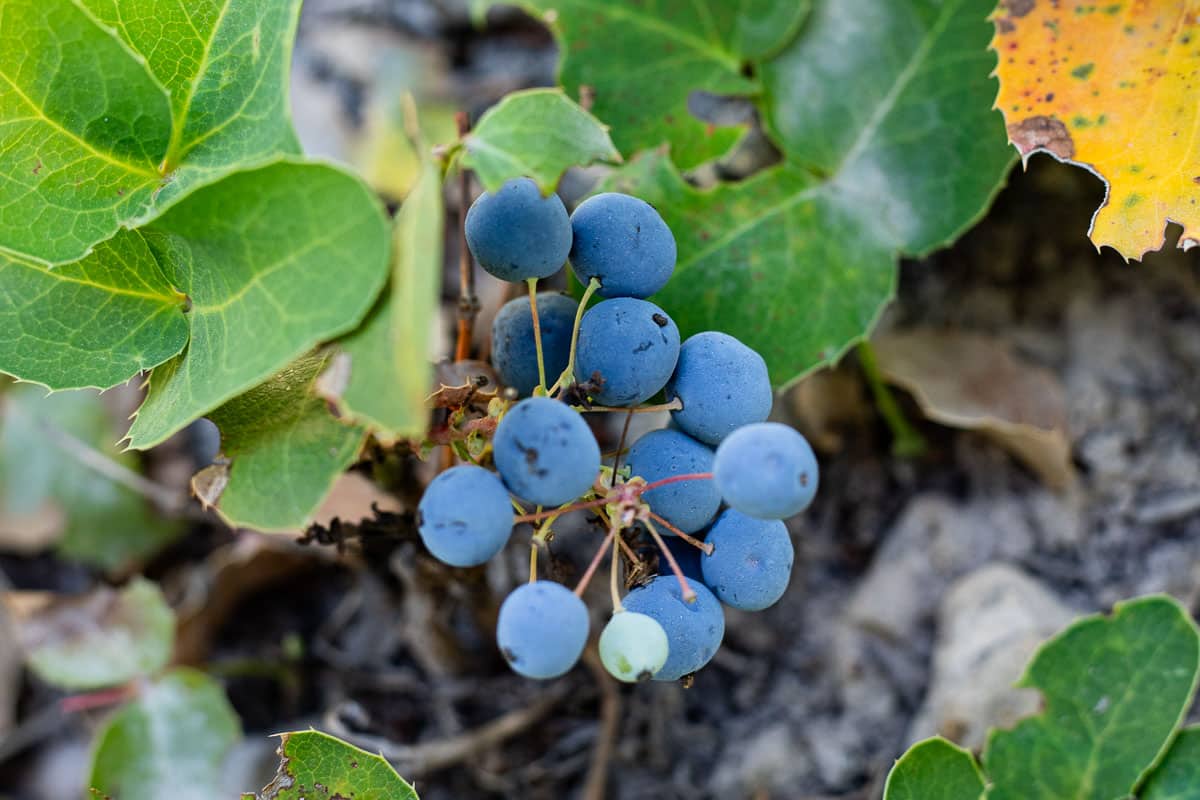
Oregon grapes (Mahonia aquifolium) grow on evergreen shrubs with leaves that resemble holly. One variety grows low to the ground, while tall Oregon grape can grow to be 10 feet tall! They originated in western North America.
Their gorgeous yellow flowers are actually Oregon's state flower. Oregon grape are not in any way related to grapes but grows in grape-like clusters.
These berries possess a tart, bitter, acidic flavor and are rarely eaten fresh, but rather used to make jams, sauces, and syrups. It can also be mixed with huckleberries and saskatoon berries to make mixed berry jam. They also make excellent wine!
Huckleberries
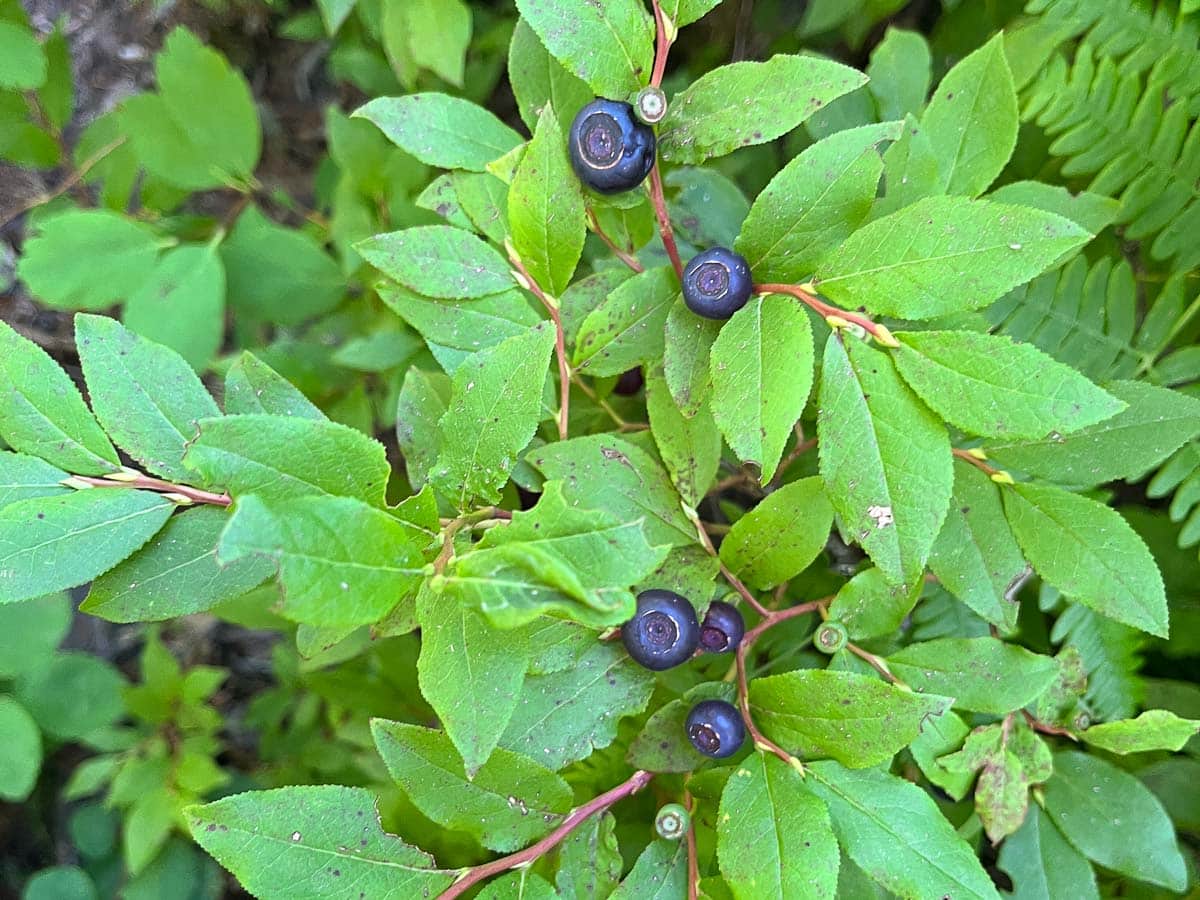
Huckleberries can be found in mountainous regions in North America, such as the Northwest, the Rocky Mountains, Alaska, and Canada. Although huckleberries appear similar to blueberries and are, in fact, closely related, they have a very distinct and unique flavor.
Color-wise, these berries range from red to blue to purple, depending on the species. Their unique flavor is quite strong and has both sweet and tart notes. They are delicious as is, but are also used in baking, and to make jam, jelly, huckleberry wine, and huckleberry syrup.
Saskatoon Berries
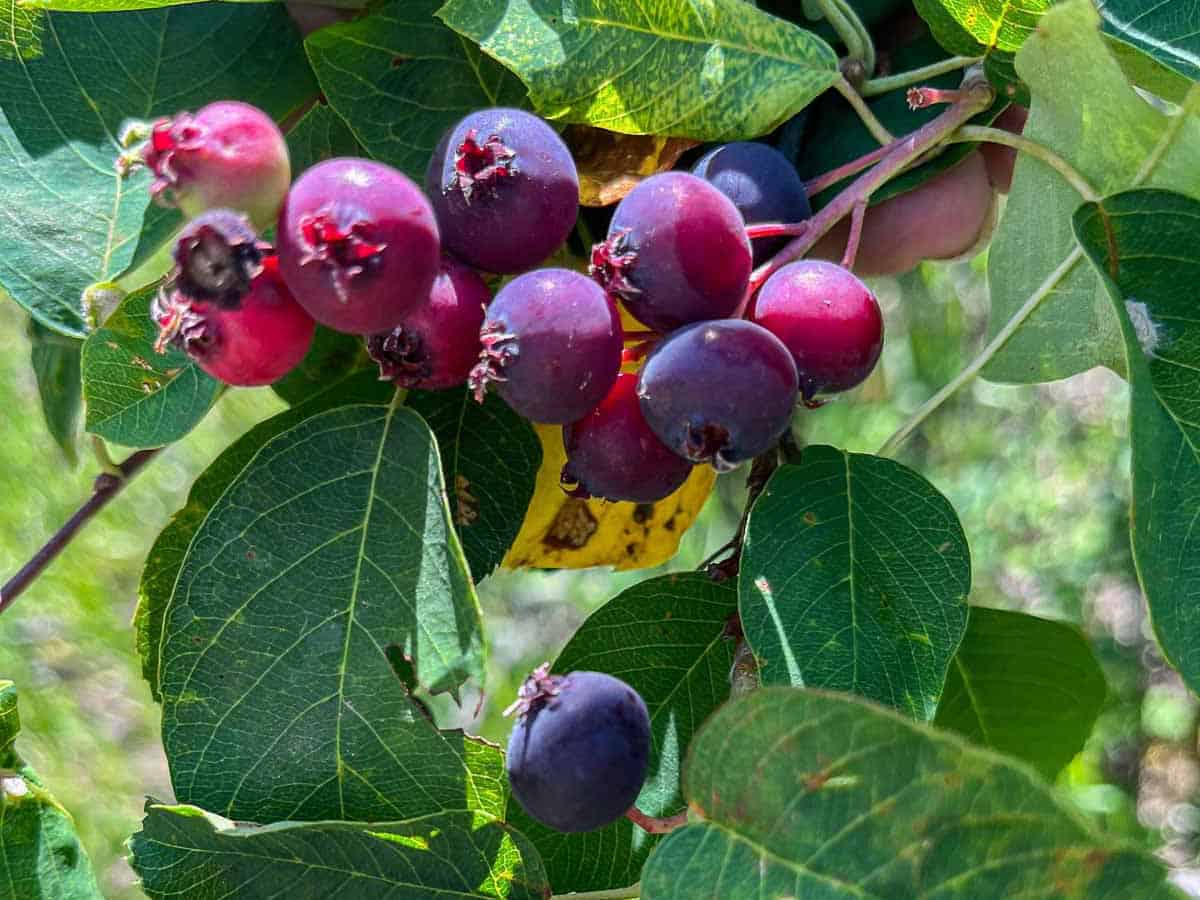
Saskatoon berries (Amelanchier alnifolia), or "serviceberries", are native to regions across North America, especially in Canada and the northern United States. These reddish-purple berries are also known as Juneberries and grow on shrubs. While they closely resemble both blueberries and huckleberries, their taste is totally different!
Saskatoon berries tend to be sweet when ripe, with a slight nuttiness that is often described as almond-like. They are often enjoyed fresh, as well as in various dishes such as pies, saskatoon jelly, muffins, and sauces.
Black Currant
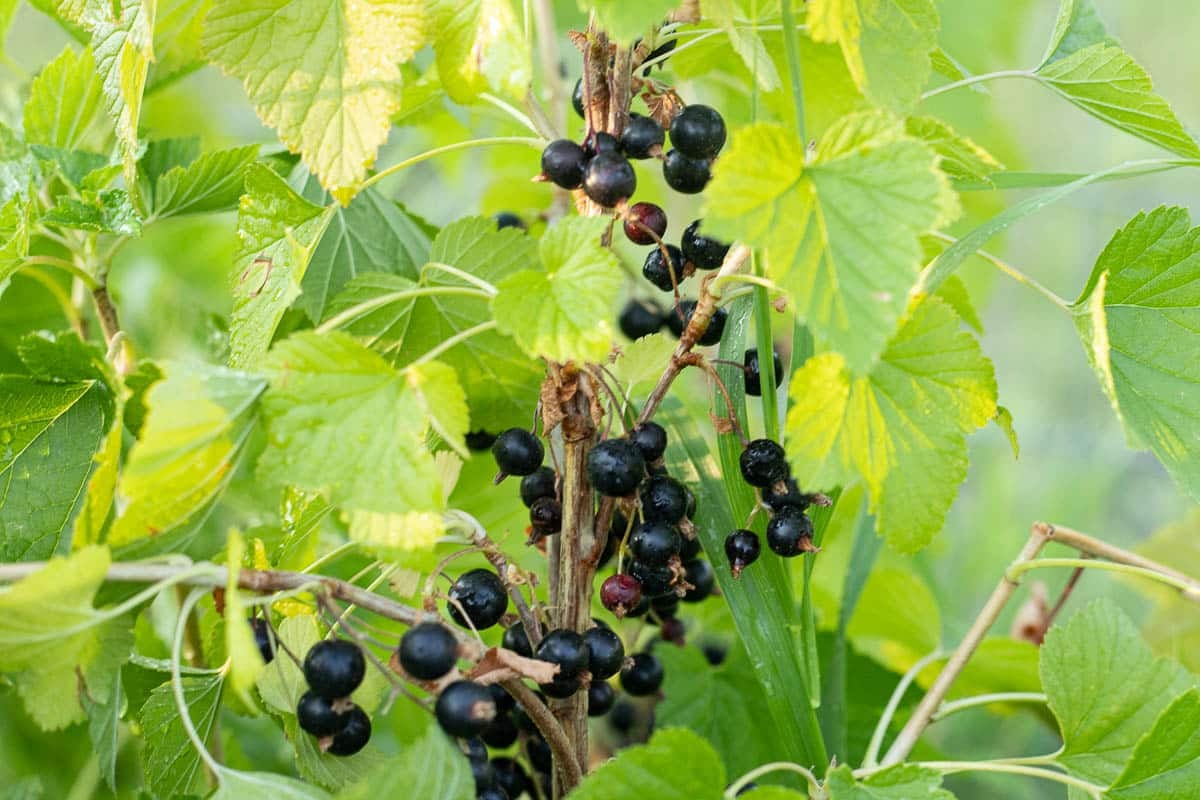
Black currants (Ribes nigrum) are small, darkly-colored berries that grow in clusters on shrubs. They are native to Europe and parts of Asia, and are now cultivated around the world.
These small, glossy berries are usually black or dark purple when ripe. Their intense flavor is both sweet and tart, and they're used in both sweet and savory dishes, as well as liqueurs, wines, and teas. The high vitamin-C content of these berries suggests they may have immune-boosting traits as well.
Haskap Berries
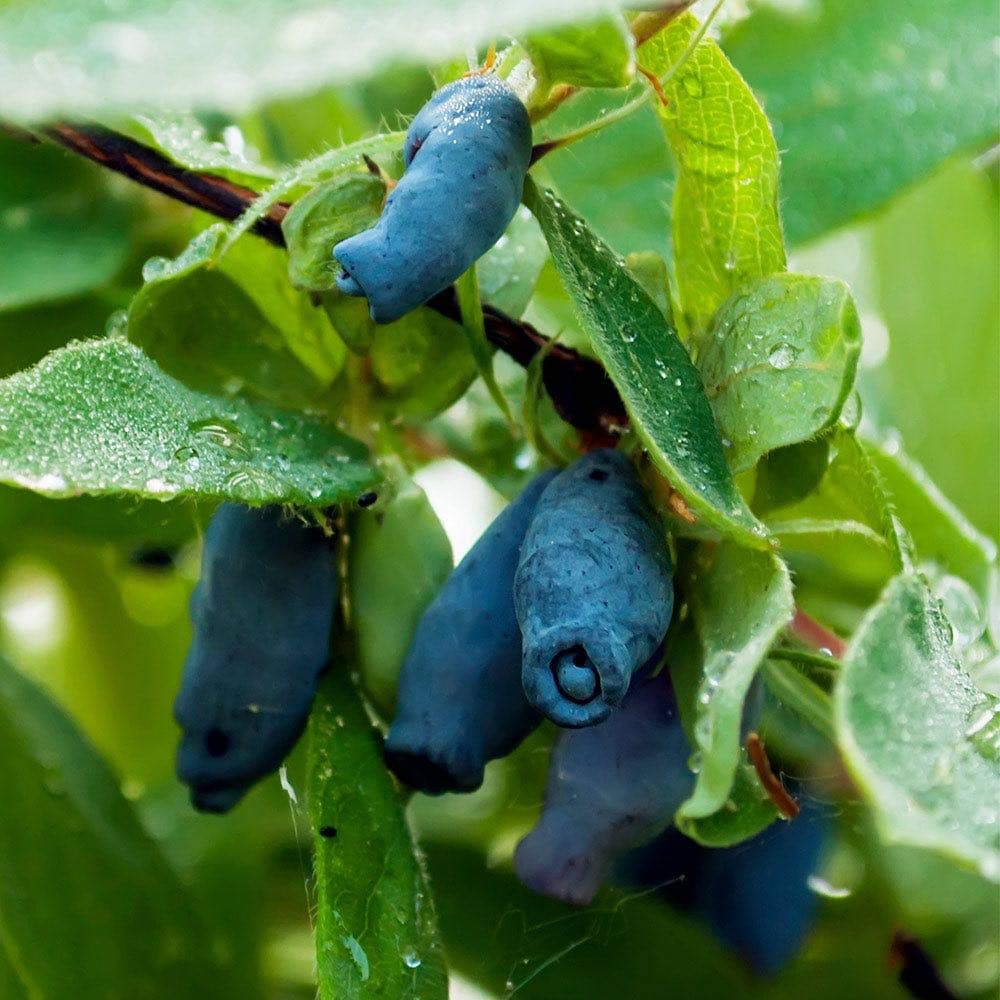
Haskap berries (Lonicera caerulea), sometimes known as honeyberries, blue honeysuckle, or fly honeysuckle, are small, oblong-shaped berries that resemble elongated blueberries.
These unique berries are found throughout the Northern Hemisphere, including North America, Asia, and Europe. The berries are typically deep red or purple on the inside and have a sweet and tart taste, often compared to blueberries or grapes. Honeyberries can be enjoyed fresh but are also used to make wine, jam, and jelly.
Elderberry
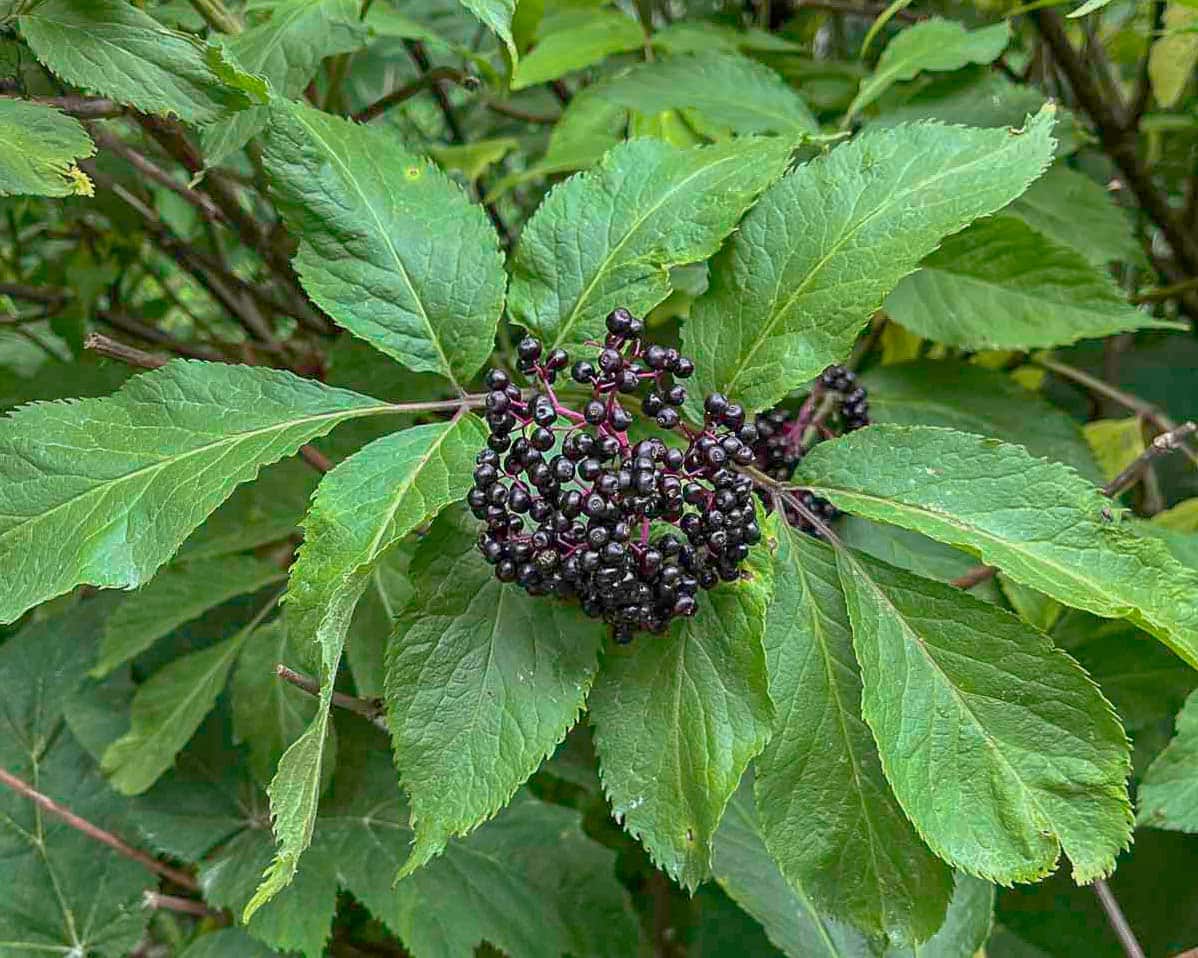
There are a variety of elder trees that grow in America and Europe, including European elderberry (Sambucus nigra) and American elderberry (Sambucus canadensis).
The tiny berries grow in clusters and come in various colors including blue, black, and red. Red elderberries are considered poisonous by many sources.
Of the three, black elderberries are the most desired. The uncooked tangy berries, leaves, stems, and roots contain cyanide. To use the berries in recipes, they need to be cooked first to remove the cyanide. Elderberries are often used to make elderberry syrup, which has many health benefits, and delicious elderberry wine!
Nannyberry

Nannyberries (Viburnum lentago), also called sheepberry, sweet viburnum, wild raisin, and black haw (blackhaw). The multi-stemmed shrub bears berry drupes that start off green and, as they ripen, turn red, then finally blueish-black.
Nannyberries are sweet and often compared in taste to bananas. Since the berries contain large, flat, oval seeds, the berries themselves are not very meaty. For this reason, they are often cooked down to form a paste that is strained and used as a sweet spread. They are also used to make jam and black haw wine. Birds and wildlife also love these unique berries!
🍷 Recipes Using Unique Berry Types
Here are some great recipes using some of the unique berry types mentioned in this post:
- Huckleberry pie
- Elderberry Wine
- Haskap Jam
- Black Currant Cake
- Gooseberry jam
- Maple Nannyberry Butter
- Saskatoon Jam
I hope this article has introduced you to some new and exciting fruits! Whether you feel inspired to branch out and hunt down some exotic fruits, forage for berries, or make a new recipe, I encourage you to expand your palate and try something new!

🍑 More Articles
If you've enjoyed this exotic fruits and uncommon berry types post, you may also enjoy the recipes and articles below!





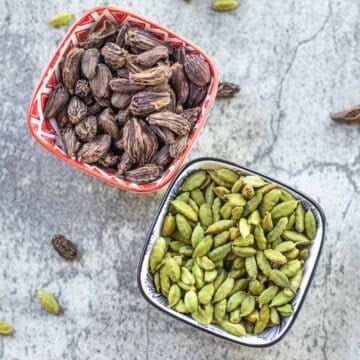
Comments
No Comments